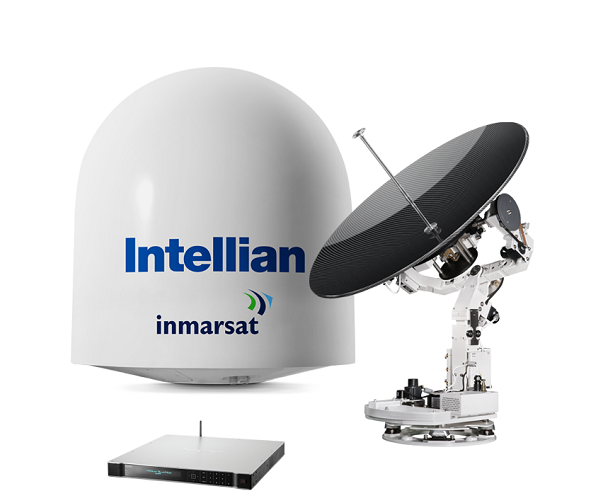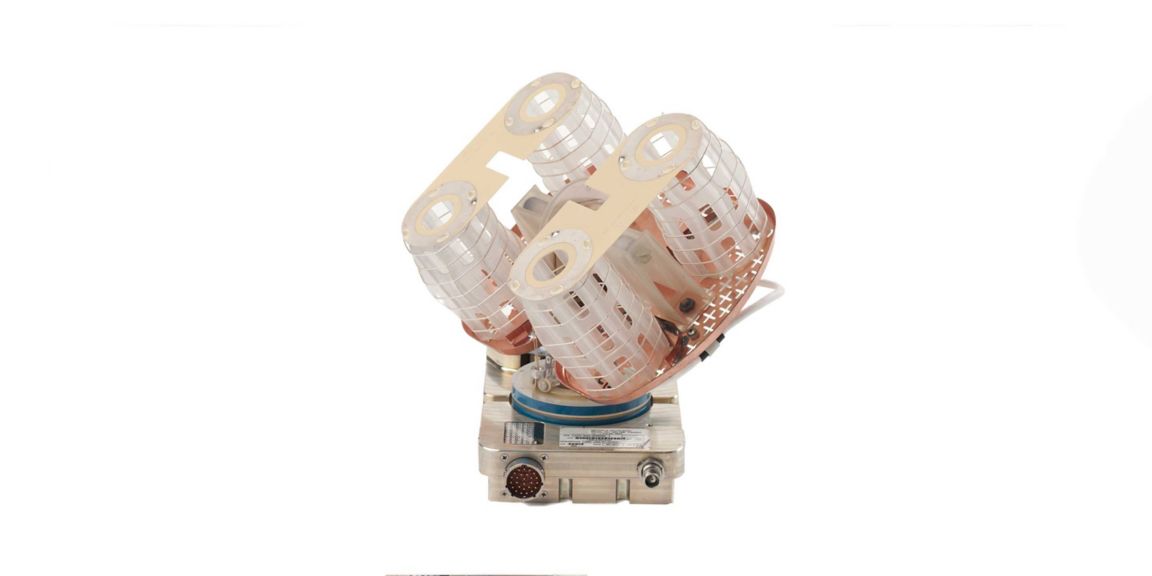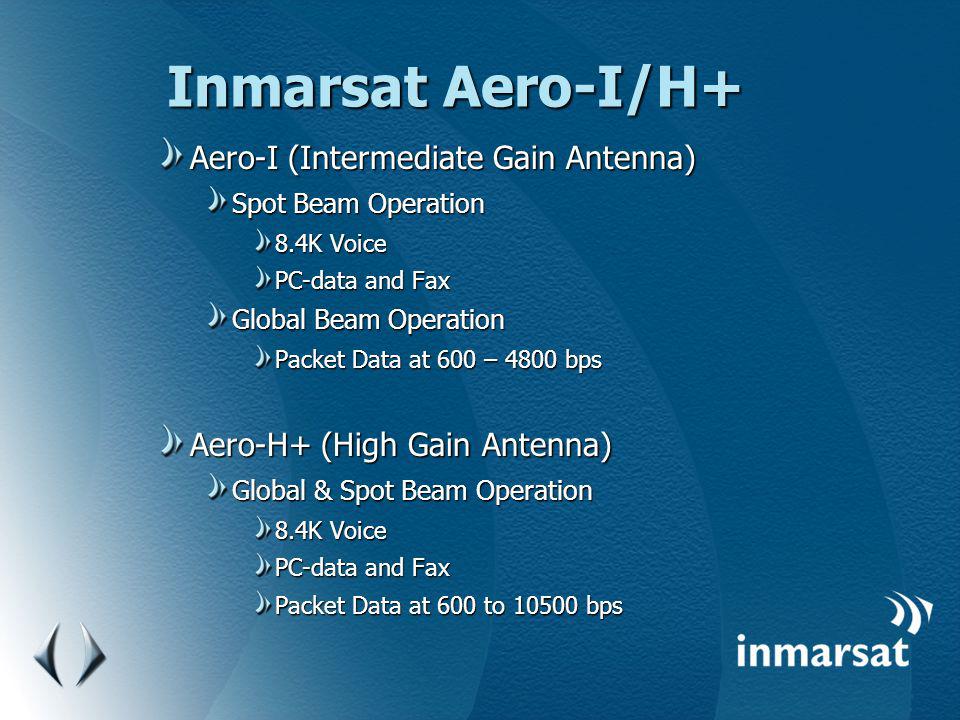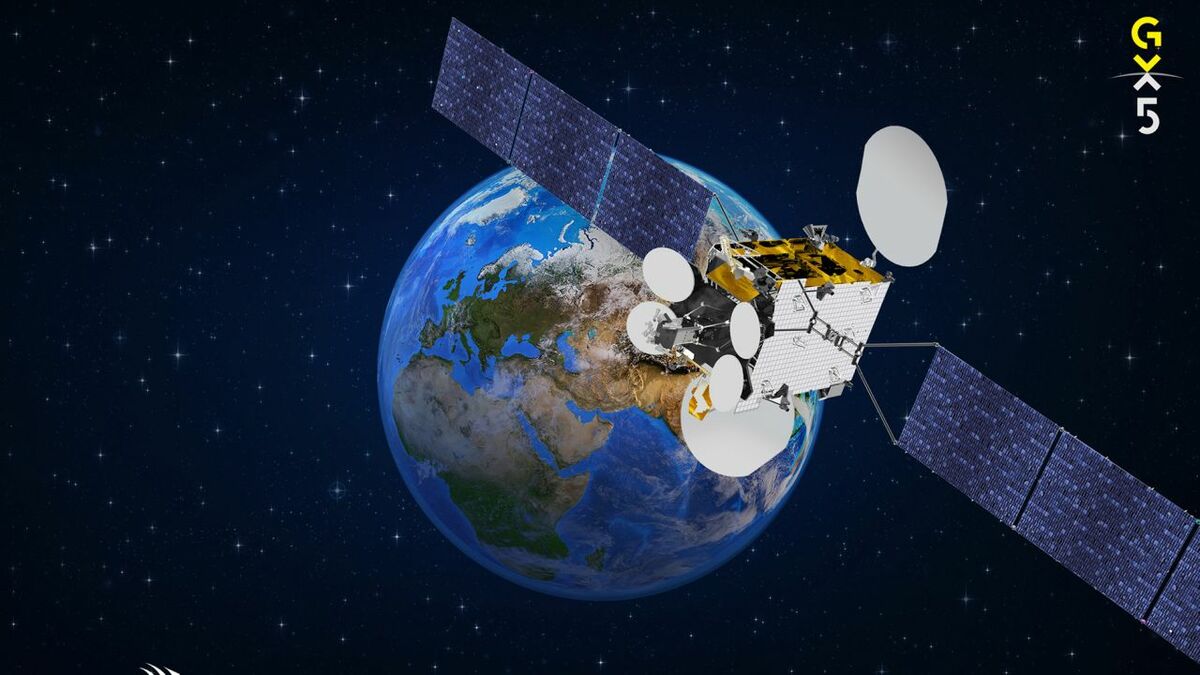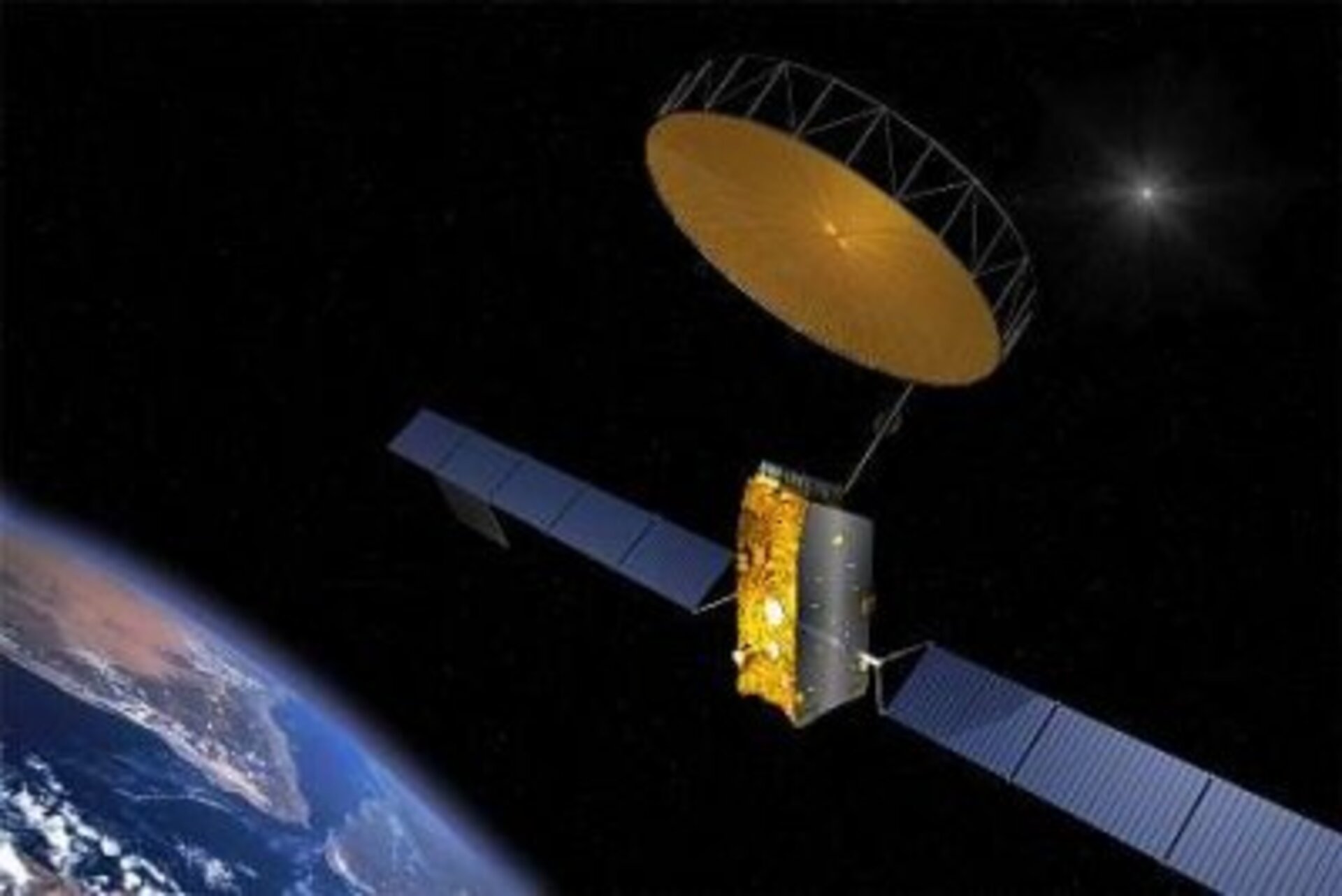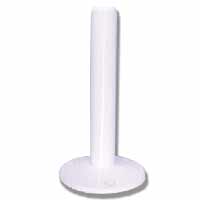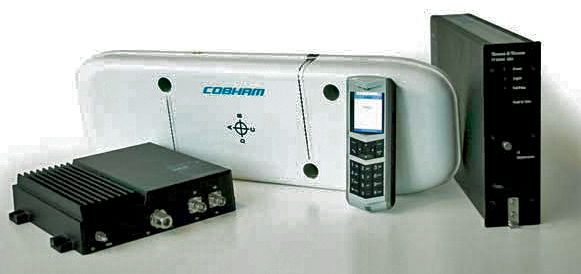Inmarsat Satellite Antenna Gain
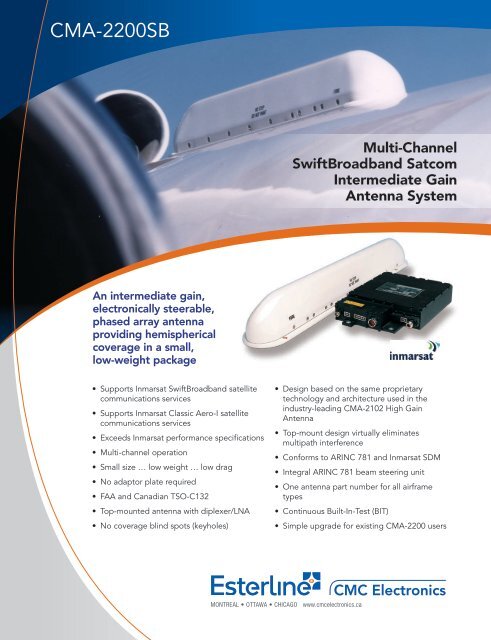
Inmarsat 5 f1 the first satellite in a series of four inmarsat 5 satellites was launched into geosynchronous orbit through bss 702hp platform in december 2013.
Inmarsat satellite antenna gain. Upon completion the four inmarsat 5 satellites will join inmarsat s. Isat is a british satellite telecommunications company offering global mobile services. A male to male sma connector is included to connect to your gear. Low gain satcom antenna covering inmarsat frequency range of 1530 to 1559 mhz and 1625 5 to 1660 5 mhz designed to meet sb200 class 15 service.
It provides telephone and data services to users worldwide via portable or mobile terminals which communicate with ground stations through thirteen geostationary telecommunications satellites. Polarization performance right hand circular. Intermediate gain antenna 332kbps iga combines high quality voice communications with a symmetric background data connection of up to 332kbps per channel. Axial ratio is less than 6 0 db for all steering angles and all frequencies of operation within coverage region.
Multipath rejection exceeds 10 db rejection at 5 degrees elevation. Polarization performance right hand circular. The unit provides over 90 sky coverage. Over the past two decades the directional antenna system which comprises the.
A high performance l band inmarsat aero std c patch antenna with a gain of 3 5dbi and a female sma connector. Gain typical 8 5 dbic minimum 6 0 dbic over 90 of specified inmarsat hemisphere. Gain typical 8 5 dbic minimum 6 0 dbic over 90 of specified inmarsat hemisphere. The optimal antenna structure for inmarsat application has been fabricated and measured.
The broadband coverage of the antenna also includes frequencies of 1616 to 1626 5 mhz for iridium satelite services voice and data applications. Up to four channels per aircraft for concurrent voice and data links with the ability to add four more voip connections with each. Axial ratio is less than 6 0 db for all steering angles and all frequencies of operation within coverage region. The measured results show that in the whole maritime satellite communication work band the vswr is less than.









